Holden Camira JB repair manual 1982- 1984
Holden Camira JB Series Gregory's Service and Repair Manual 1982-1984USED - good condition - clean pages -slightly damaged spineOther Holden Car Repair Manuals click here
|
The original Camira, the JB series, was introduced in 1982 with a major trans-Tasman marketing campaign. The Camira replaced the Sunbird and Torana, although an interim four-cylinder version of the Commodore bridged the two-year production gap.
A station wagon version was introduced the following year, and its bodywork was exported to Vauxhall in the United Kingdom for the Cavalier wagon. Some Camiras were also exported to right-hand drive markets in Southeast Asia, such as Indonesia and Singapore. The wagon variant was specifically a Holden design, and was actually a major demand Holden had in the overall "J-car" program. A five-door hatchback, based on the Opel Ascona/Vauxhall Cavalier "J-car" was proposed for the Camira, however due to Holden's financial losses at that time it never made production.
There was only one engine, the carburettored, naturally-aspirated, transversely-mounted 1.6 litre four-cylinder engine delivering 64 kilowatts (86 hp). The transaxle offering was a four-speed manual on the SL and SL/X, with a five-speed unit specified to SJ and SL/E variants. A three-speed automatic with lockup torque converter was optional on all models. The Camira was Wheels magazine's Car of the Year for 1982. While superior to most other cars of the day in terms of ride and handling, the 1.6 litre Camtech engine was regarded as "underpowered" by much of the motoring media. While partly true, the powerplant produced similar power levels to many of its rivals, but the actual power delivery differed. Unlike traditional Australian engines that had reserves of low down torque, the Camira required a very different driving style that required revving the engine.
The Camira suffered from a litany of quality control issues which included smoking engines in early models, lack of drainage holes in the doors, paint quality and lack of adequate fan cooling resulting in overheating in Camiras fitted with air conditioning. This tarnished the Camira's reputation.
* SL: entry-level variant, with no air conditioning or power steering, though it is possible to find some with dealer-fitted air conditioning.
* SJ : sporty version based on SL with a five-speed manual transmission. Other changes constrained to cosmetic upgrades.
* SL/X: received several additional extras over SL including cloth trim, extra chrome, and other cosmetic upgrades.
* SL/E: top-of-the-line model with power mirrors, richer trim, full instrumentation, and alloy wheels as standard. These alloy wheels were styled similarly to those of the VH Commodore SL/E wheels (however using a four spoke/four stud design rather than the Commodore's five). Despite being available in all other "J-car" models, power windows were not available in the Australian Camira models until the JE version, however, air conditioning and central locking were optional as was a trip computer.

 0 Items (Empty)
0 Items (Empty)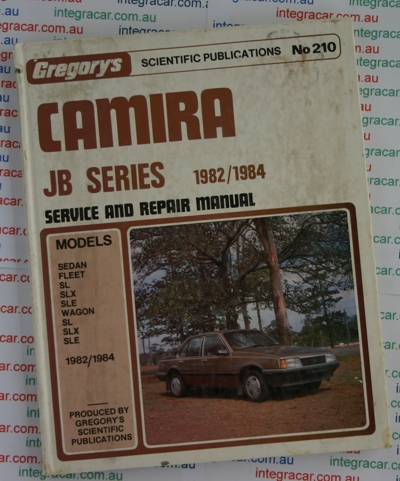


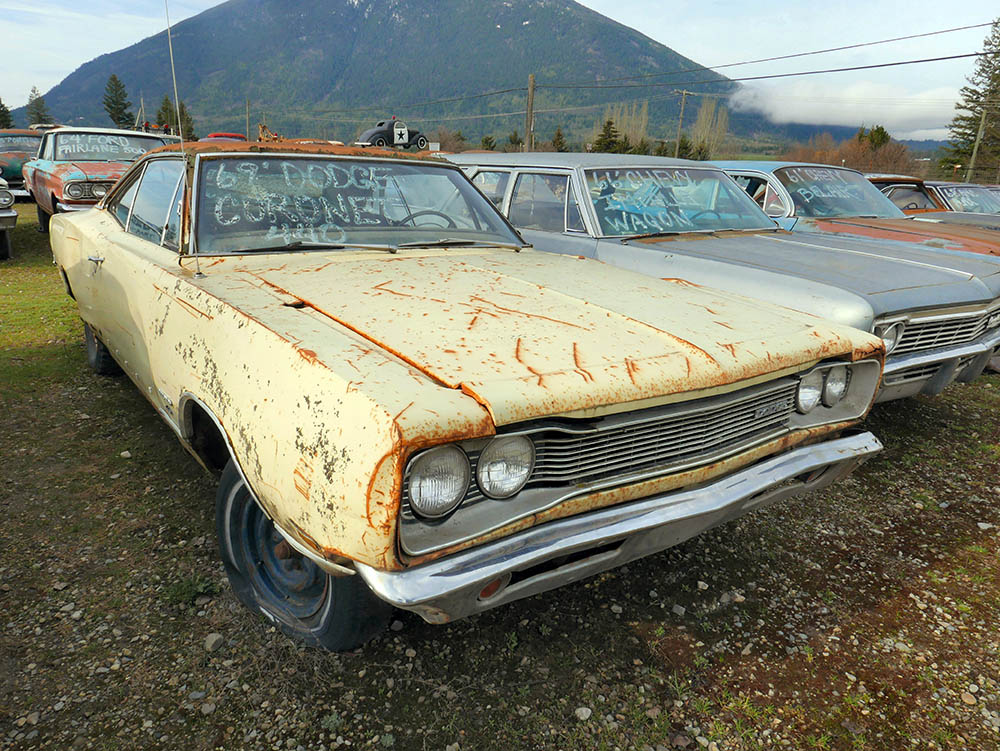
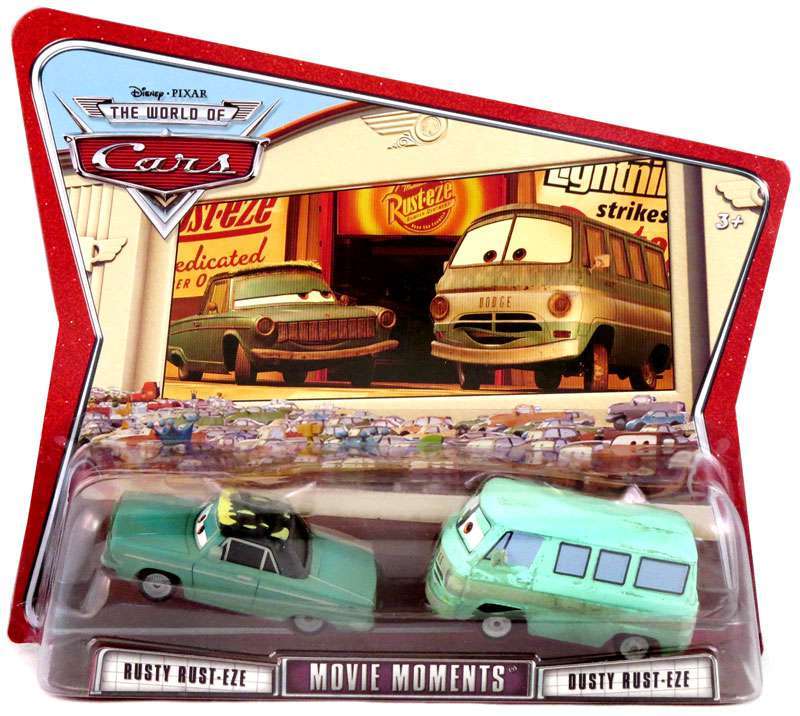
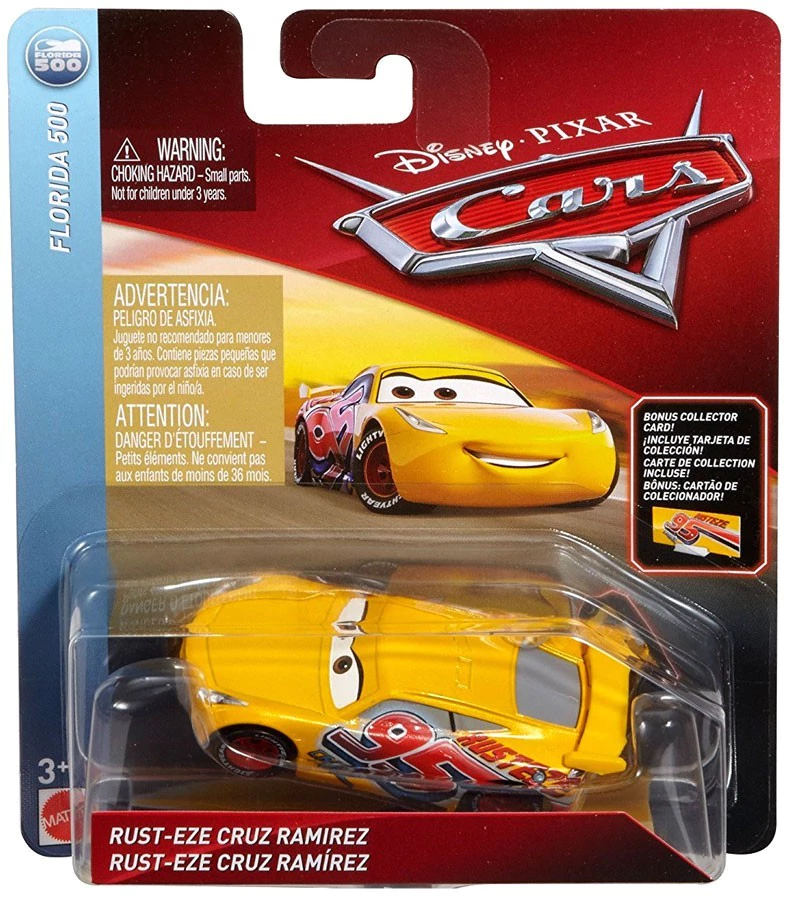
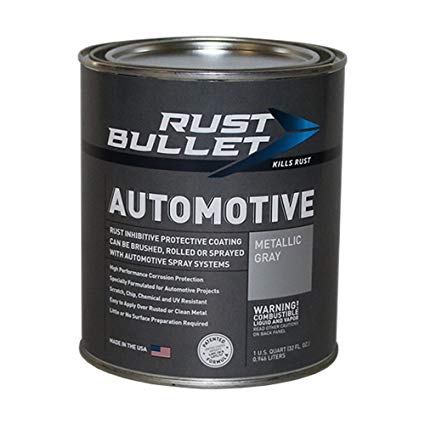
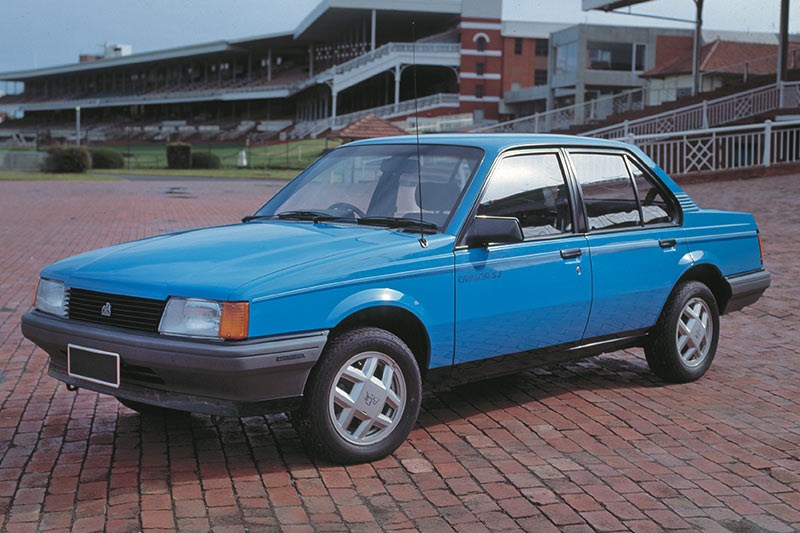
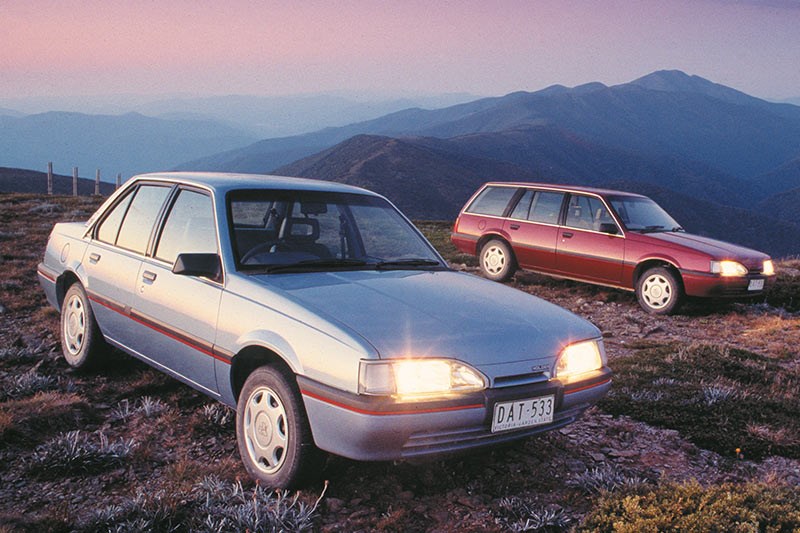
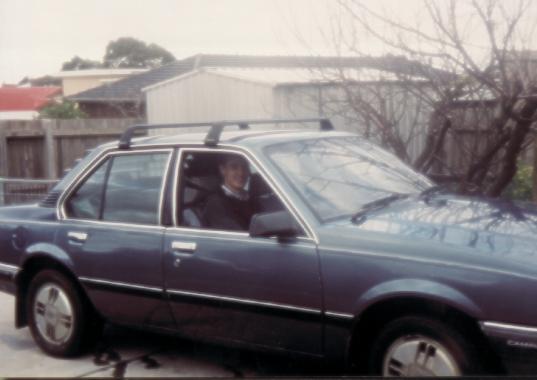
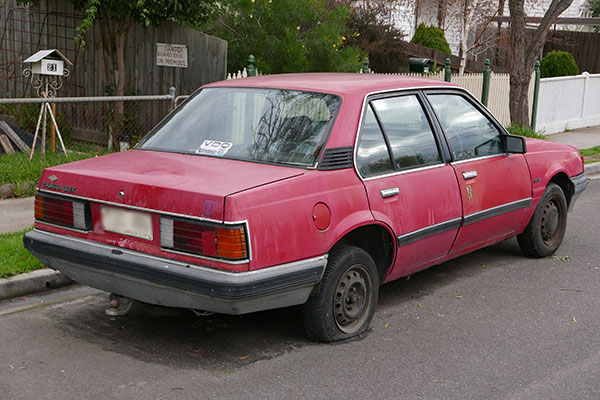
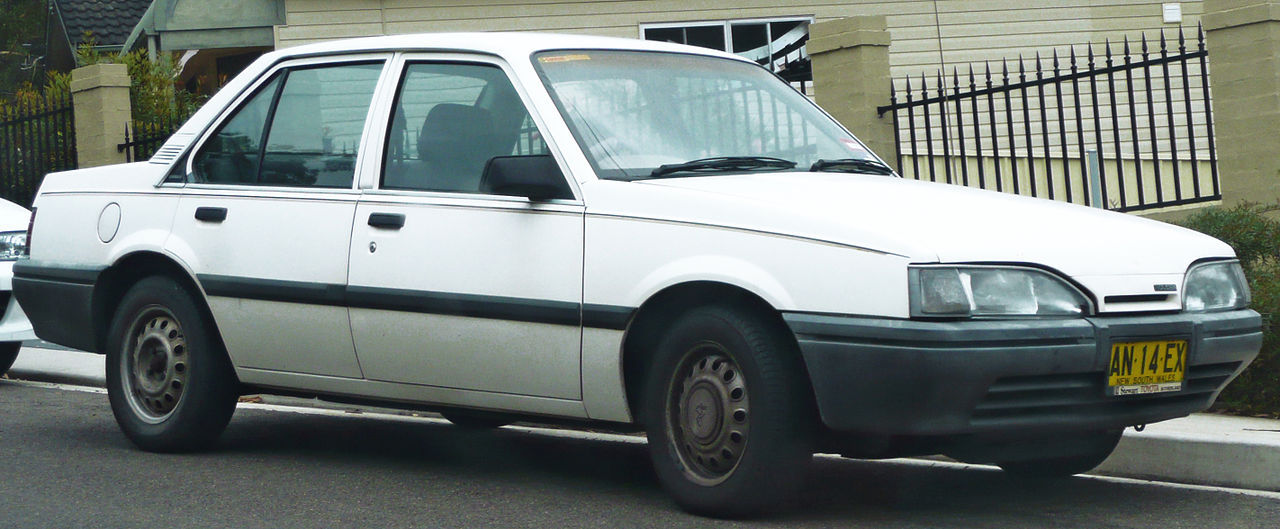
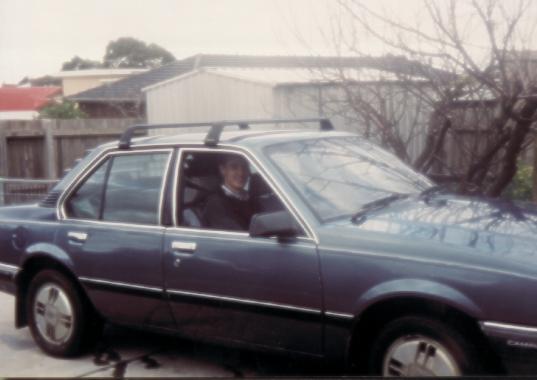
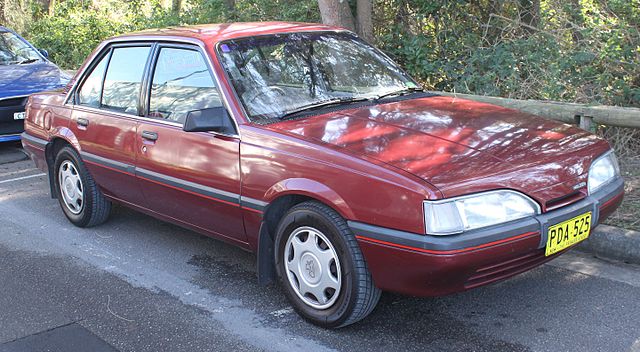
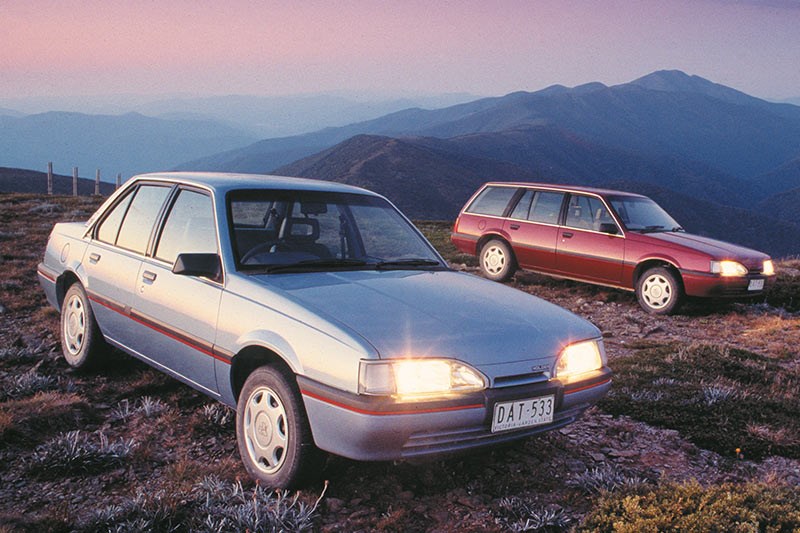 >
>